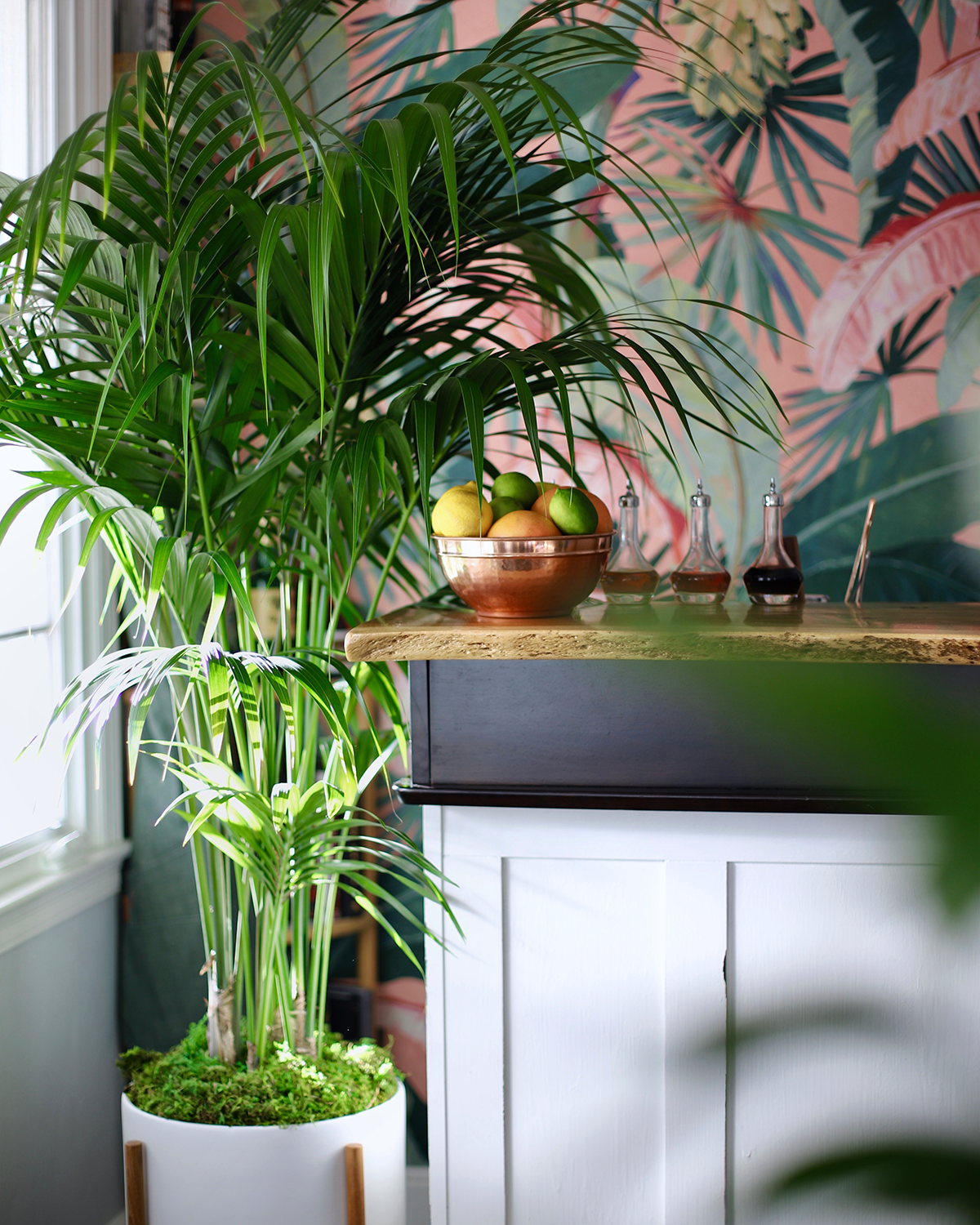Growing your own herbs is a rewarding experience that has the added benefit of sprucing up your kitchen with beautiful (and useful!) living greenery. Plus, who doesn’t love the fresh scent of fragrant herbs like rosemary or thyme? Read on to learn the basics of indoor herb gardens, and how to create a thriving one of your own!
How to Start an Indoor Herb Garden
While you can start from seeds or cuttings, finding starter herbs at your local grocery or hardware store is the simplest and quickest way to enjoy fresh herbs in your kitchen. But before purchasing your herbs you want to have a few things figured out:
Placement - A lot of people don’t know this, but most herbs need at least six hours a day of full sun to thrive. Don't have a sun-drenched window? Try using a stylish artificial grow light like the Smart Growbar, or consider growing them outside on a balcony, patio, garden, or even windowsill!
Watering - Most herbs do best when their soil is just humid to the touch. This means regular watering, once or twice a week depending on the environment around them. Herbs in general can be pretty resilient when it comes to drought, so don’t worry if you forget to water or need to travel, as they can rebound pretty quick from a week or two without water!
Drainage - As with any potted plant, it is crucial that there is proper drainage for your herbs in the pot you use. Not allowing excess water to drain out of the pot can lead to overwatering and more serious issues like root rot.
Potting Soil - Your herbs will come in soil but if you plan on repotting them, you will need your own bag of soil. Any quality indoor potting soil will do! Watch our video at the end of this post and learn how to pot your herbs in just a few steps.
scandinavian ceramics
Sleek, two-piece minimalist vessels accompanied by a deep overflow saucer.
Starting at $47
The Best Herbs to Grow Indoors
Now that you know how to set up your indoor herb garden you’ll need to decide which herbs to actually grow. Here are a few popular herbs to grow in your kitchen:
Basil - Hardy and fast-growing, basil is a great option for beginners, especially during the spring and summer when they naturally are in season. Basil is a thirsty plant whose soil is best left moist to the touch. This means watering multiple times a week in the hotter months of the year. When taking a piece of your basil to use it is best to pinch off a piece of the stem below where a couple of leaves are sprouting. Don’t worry about harming your plant—this will actually promote new growth!
Rosemary - Rosemary is another beautiful herb for your kitchen countertop, and while it will grow best with at least six hours of direct sunlight, it can also survive and thrive in a bright spot with indirect light in your kitchen. Similar to basil, don’t let Rosemary dry out, and instead water once or twice a week to keep the soil a bit humid to the touch.
Thyme - Thyme is the perfect herb to add to a small kitchen space. Plenty of direct sunlight is best, but Thyme can also do just fine in a bright sunny spot of your kitchen. Once again, keep your Thyme plant just moist to the touch.
These three herbs have similar care requirements and make the perfect starter set for those just beginning their kitchen herb garden. But if you’re curious for more, don’t feel like you need to stop there! There are at least a dozen herbs to try growing at home, and with the right care your indoor kitchen herb garden can provide you with fresh flavor all year round!
Ready to get potting? Watch a brief tutorial below on how to pot your kitchen herbs.
Indoor plants, potted & delivered.
Premium plants paired with stylish ceramics, plus lifetime plant care support. Order online at leonandgeorge.com












